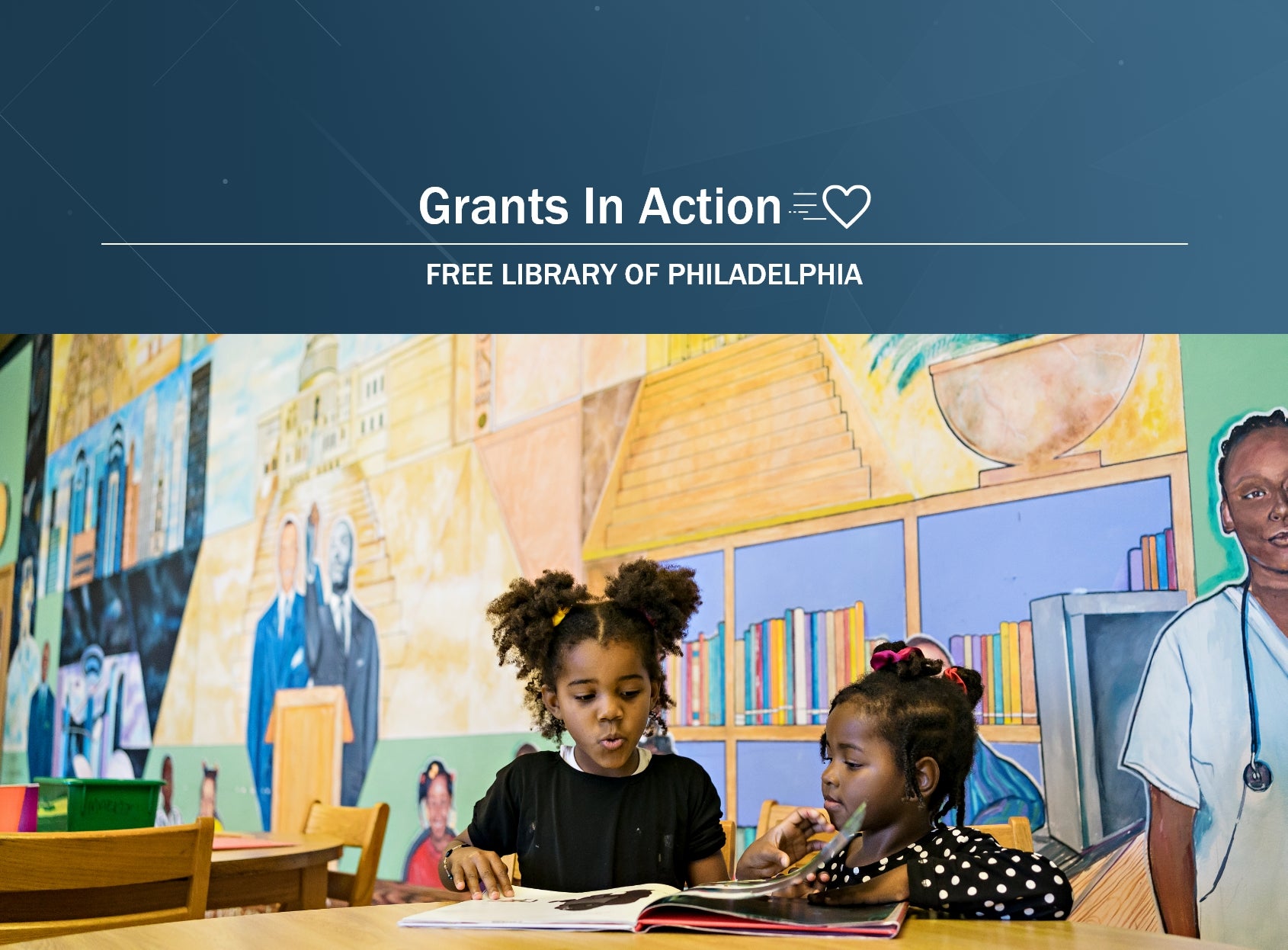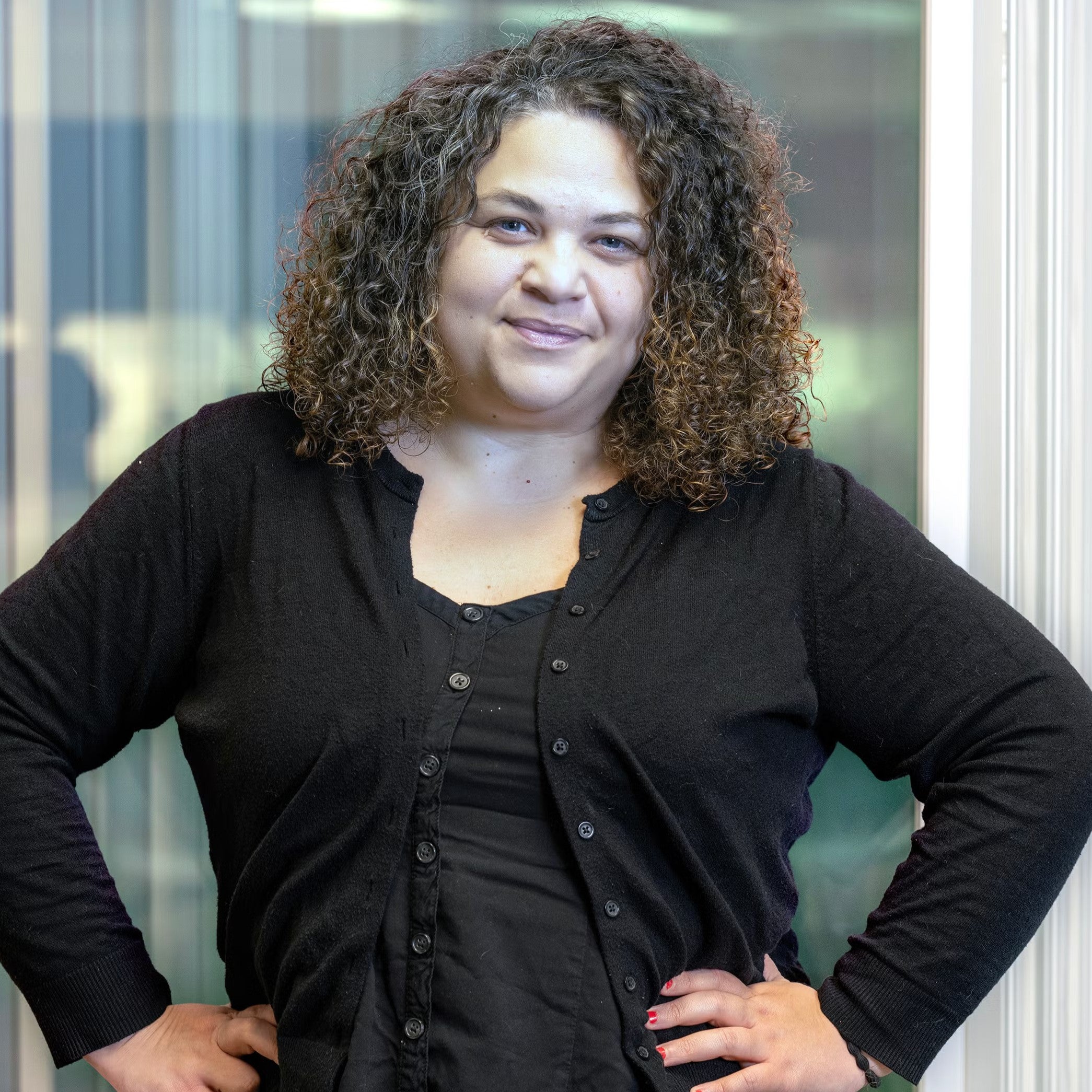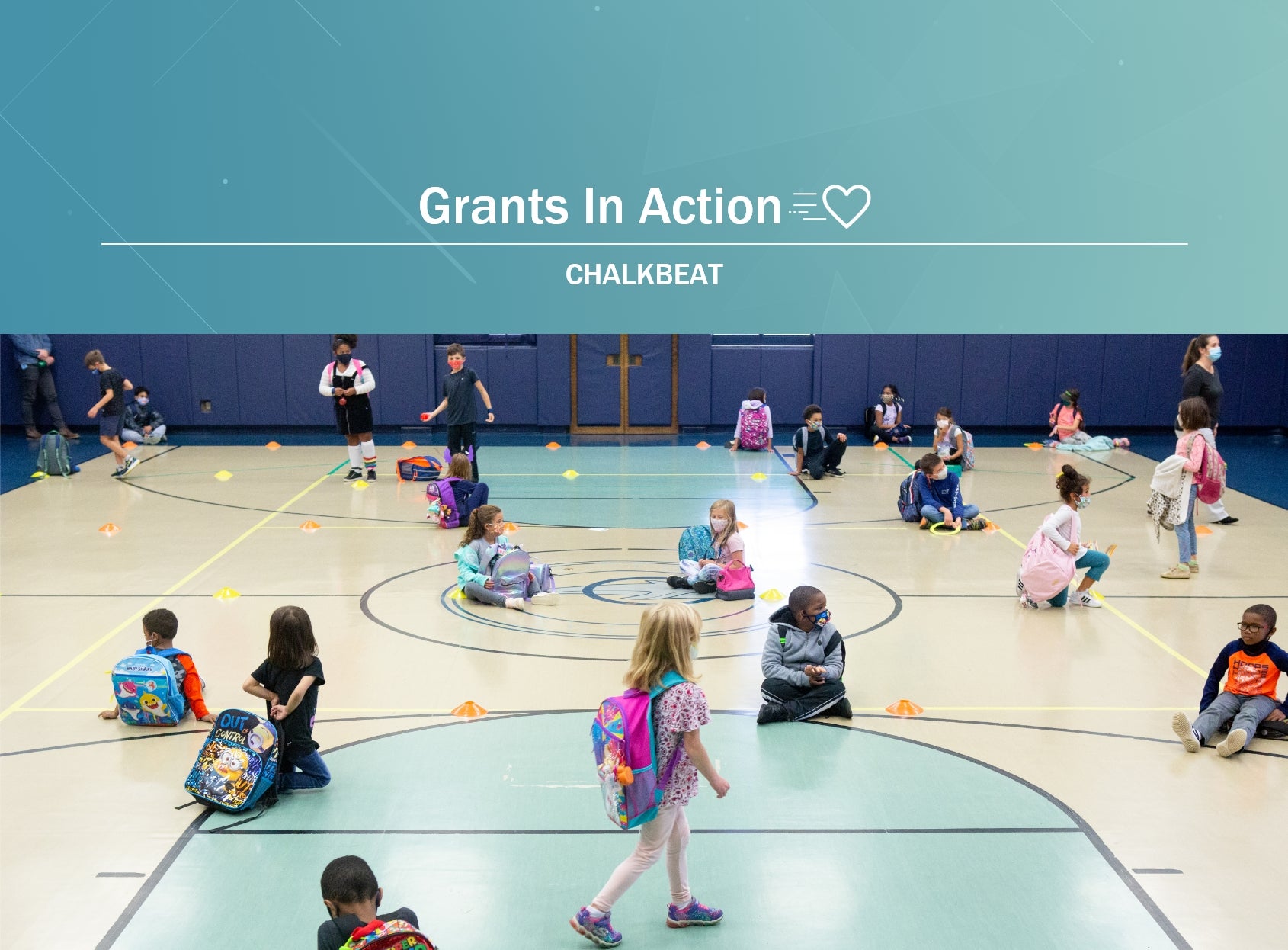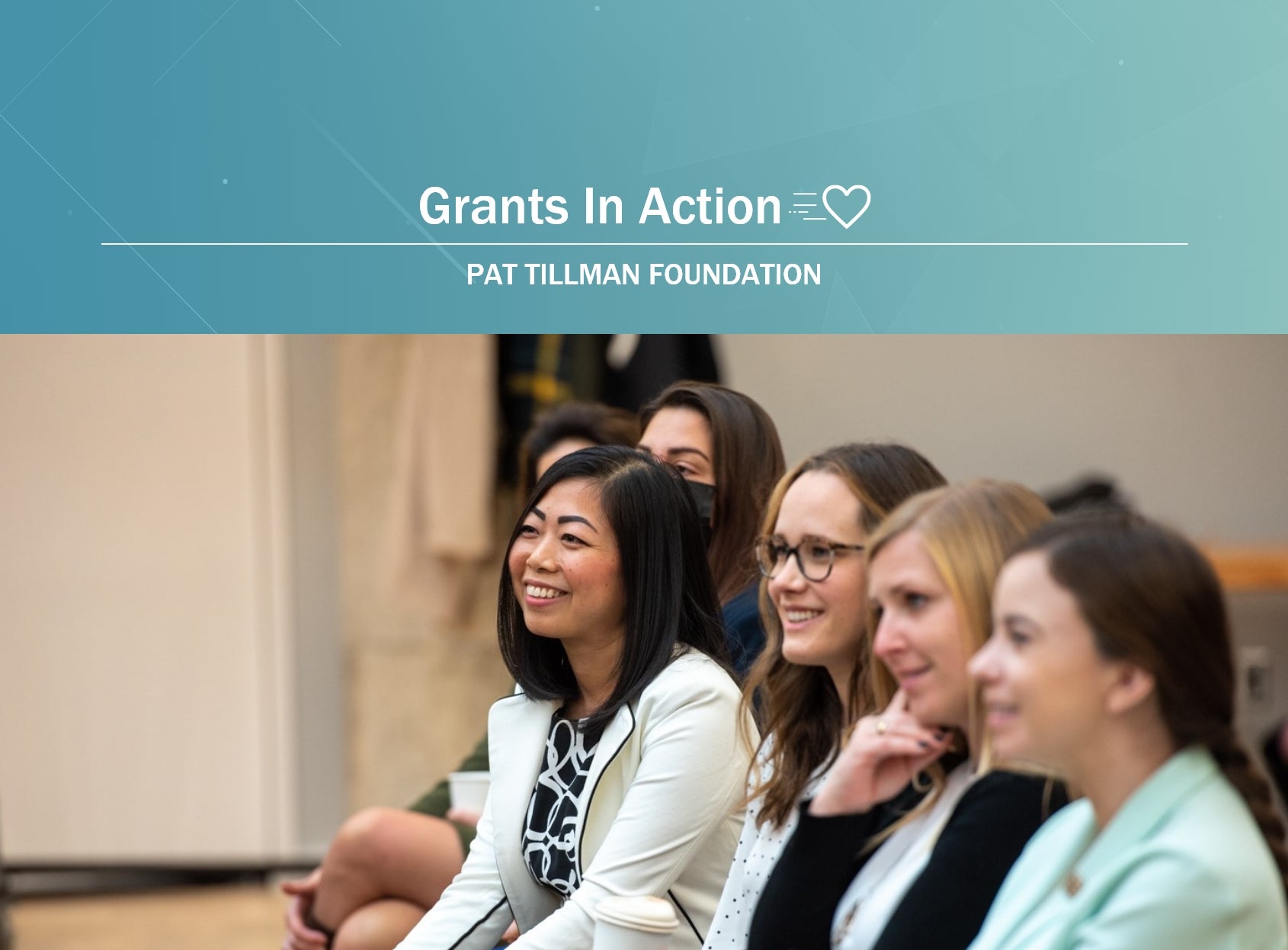Free Library of Philadelphia: Serving Residents During the Pandemic and Beyond
National Philanthropic Trust’s donors recommend thousands of grants every year. This new series, Grants In Action highlights the breadth of causes and organizations NPT’s donors are supporting with grant recommendations from their donor-advised fund accounts.

One of the many impacts Americans felt during the COVID-19 pandemic was the loss of access to public services at a time when they were most needed. In addition to schools, and workplaces, another significant loss was the closure of public libraries.
Today’s public library isn’t just a home for books and reference materials; it’s a community resource that serves a multitude of needs: a hub for education, training, internet access, workforce and business development, childcare and more. But by March, 2020, an American Library Association survey indicated that 99 percent of public libraries were closed leaving patrons without many of these vital services.
The Free Library of Philadelphia, a staple in the city since the library’s inception in 1891, saw firsthand the impact that the pandemic and mass closure had on its communities—and it rose to the occasion. Pandemic efforts included moving programming online and distributing technology and internet connectivity to those who lacked access. Several of the system’s 54 branches served as temporary “School Access Centers” for students who could not access virtual learning at home. The system added more than 10,000 card holders during the first two months of the pandemic and doubled down on its digital collections. When the vaccines did arrive, libraries were a natural choice for public vaccination clinics.
Karyn Lyman, the Assistant Vice President of Major and Planned Giving for the Free Library of Philadelphia Foundation, said that the organization worked hard to “reach our community members where they were,” particularly during mandated lockdowns during the pre-vaccines era.
Katherine Gulick, the Director of Institutional Giving for the library’s foundation, agreed. It was important that the library remain a “low-barrier institution.” The COVID-19 crisis was a reminder to prioritize “the most vulnerable and isolated community members.”
Philadelphia’s Free Library saw a 58 percent increase in the number of DAF grants during the COVID-19 pandemic, and a 37 percent jump in their overall value. “It’s a real testament to the power of DAFs."
Gulick says that the Free Library is still invested in “its commitment to ensure the digital divide is not continuing to harm communities in Philadelphia” as schools reopen and some pre-pandemic normalcy returns. While the city and state funding provide general operating support, much of the funding for new programming comes from donors.
Private donor support, which includes donor-advised funds (DAFs), “skyrocketed” between FY 2020 to FY 2021. The Free Library saw a 58 percent increase in DAF grants, with a 37 percent jump in their overall value. “It’s a real testament to the power of DAFs,” Lyman says, adding, “It was really heartwarming and very encouraging to see the response [from donors] to help their beloved institutions, and their communities, survive.”
Another major philanthropic shift the nonprofit saw during this time was 77 percent growth in unrestricted giving. “When we’re caught in a pivot moment or an emergency like the pandemic, unrestricted gifts allow us to continue our mission in the ways that matter,” Lyman explains.
Donor support allows the library to respond to public need and facilitate ongoing offerings like year-round children’s programming, social services including resources for immigrants and delivery for homebound patrons. Public and donor support continues to allow this historic library system to serve residents and readers beyond the stacks.
NPT is not affiliated with any of the organizations described herein, and the inclusion of any organization in this material should not be considered an endorsement by NPT of such organization, or its services or products.
NPT does not provide legal or tax advice. This blog post is for informational purposes only and is not intended to be, and shall not be relied upon as, legal or tax advice. The applicability of information contained here may vary depending on individual circumstances.


